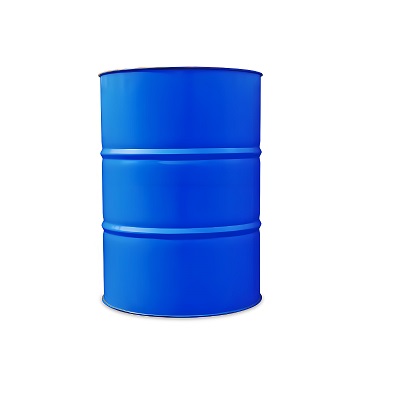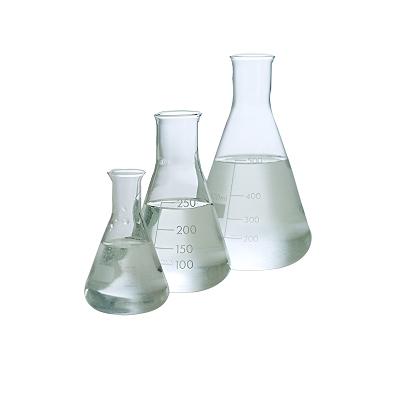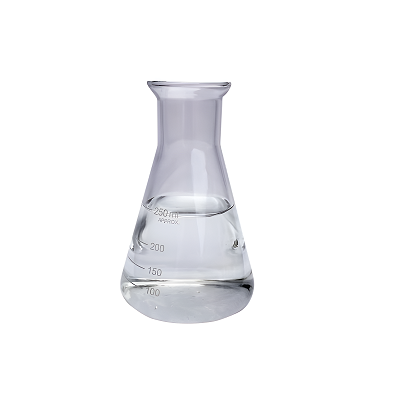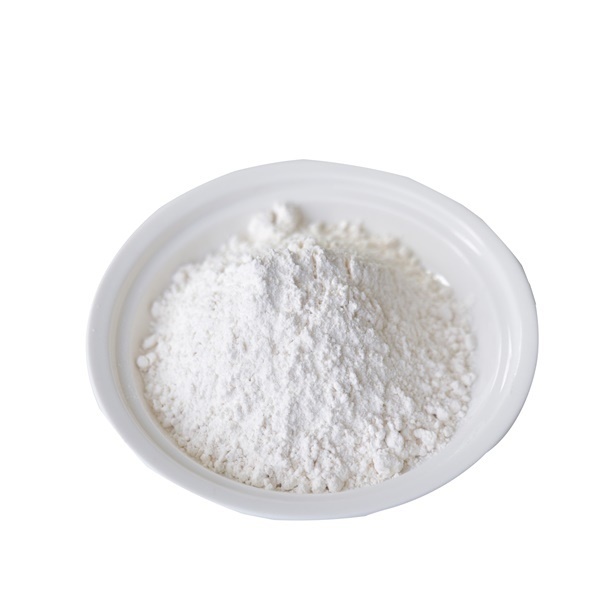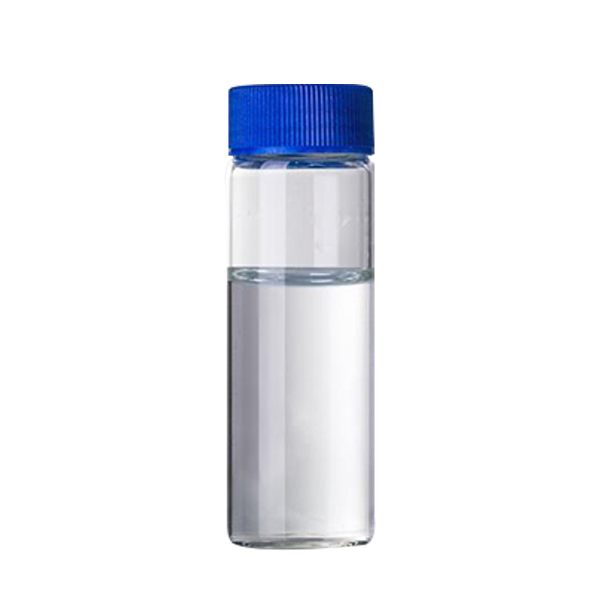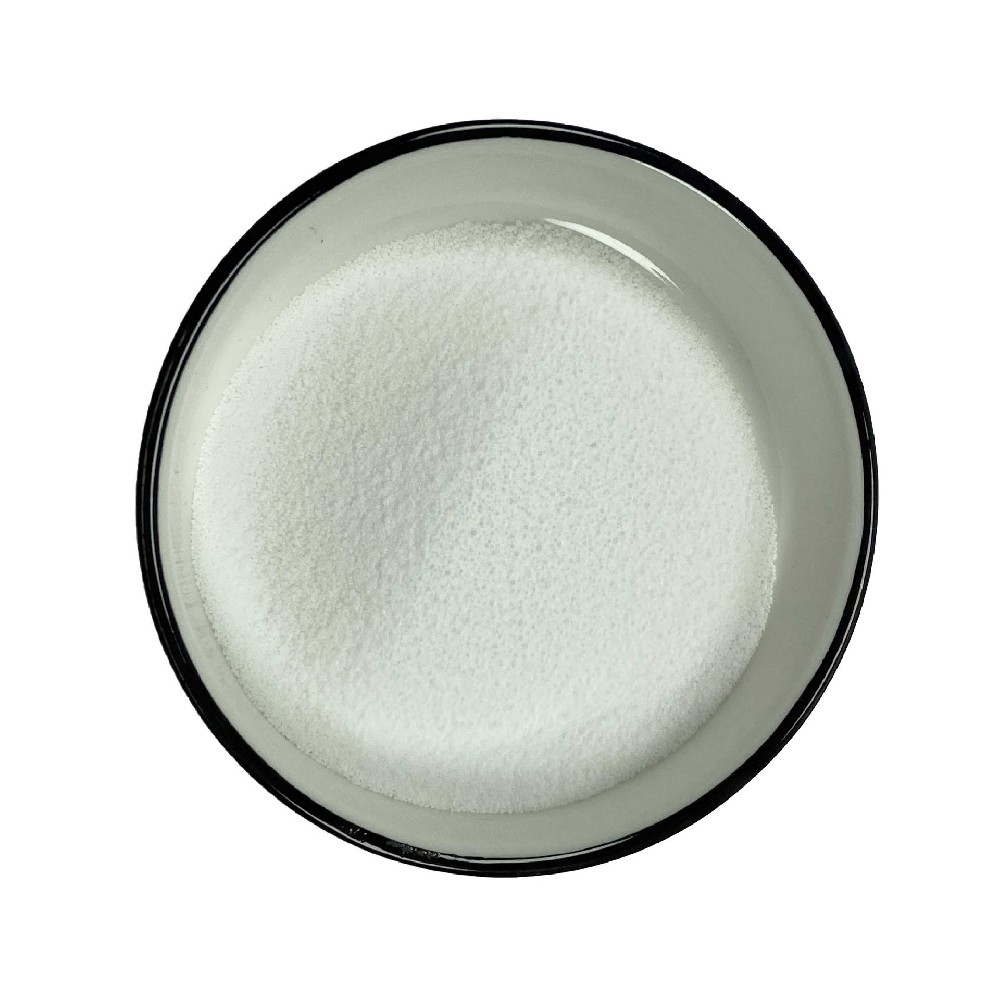

L-Aspartic acid CAS 56-84-8
——————
CAS number : 56-84-8
molecular formula : C4H7NO4
EINECS : 200-291-6
——————
Email : info@deshangchem.com
Mobile : +86-13153039501
TEL : +86-531-88752665
CAS number:56-84-8
molecular formula:C4H7NO4
molecular weight:133.1
EINECS number:200-291-6
English synonyms
L-Aspartic acidUSP, 98.5-101.5% (Titration: anhydrous basis);(s)-butanedioicaci;alpha-Aminosuccinic acid;Asparagic acid;asparagicacid;Asparaginic acid;asparaginicacid;asparaginsaeure
Related categories
Amino acids and derivatives; L-type amino acids; as electrolyte supplements; acidic amino acids; biochemicals; amino acids and their derivatives; biochemical reagents; amino acids; food additives; ; APIs; Pharmaceutical intermediates; Intermediates; Organic raw materials; Ammonia antidotes; Fatigue recovery agents; Taste agents; Sweeteners; Organic acids; Amino acid pharmaceutical intermediates; Standard products and standard substances; sulfur compounds; food and feed additives; nutritional fortification; medical raw materials; asparticacid; aminoacid; bio-chemical; chemicals; foodadditive; foodadditives; other heterocycles; amino; other biochemical reagents; protected amino acids; ;Chemical reagents; Nutrition enhancers; Biochemical reagents-amino acids; Nutrition enhancers-amino acids; Chemical intermediates; Amino acids and their derivatives; Amino acids; Organic chemical raw materials; Reference substances-Chinese medicine reference substances; Drug impurities and intermediates; Standard products - traditional Chinese medicine standard products; biochemical reagents - amino acids; industrial raw materials for chemical intermediates; reference materials; standard products, reference materials; other raw materials; pharmaceutical, pesticide and dye intermediates; chemical materials; Chemicals; bulk products; nutrition enhancers; general biochemical reagents-amino acids; biological reagents; chemical reagents; clinical testing standard substances; biological buffer series; Food&FeedADDITIVES; Biochemistry; for Resolution of Bases; Optical Resolution; Synthetic Organic Chemistry; Nutritional Supplements; L-AminoAcids;
Introduction
It is used in the synthesis of sweeteners, used in medicine to treat heart disease, as a liver function enhancer, ammonia antidote, fatigue reliever and amino acid infusion components, etc.
| Melting point | >300°C(dec.)(lit.) |
| Boiling point | 245.59°C(roughestimate) |
| Specific optical rotation | 25º(c=8,6NHCl) |
| Density | 1.66 |
| FEMA | 3656|L-ASPARTICACID |
| Refractive index | 1.4540(estimate) |
| Storage conditions | Storebelow+30°C. |
| Solubility | H2O:5mg/mL |
| Shape | powder |
| Acidity coefficient(pKa) | 1.99(at25℃) |
| Color | White |
| Odor | acidtaste |
| pH value | 2.5-3.5(4g/l,H2O,20℃) |
| optical activity | [α]20/D+24.7±1°,c=5%in5MHCl |
| Water solubility | 5g/L(25ºC) |
| Maximum wavelength(λmax) | λ:260nmAmax:0.20 λ:280nmAmax:0.10 |
| Merck | 14,840 |
| JECFA Number | 1429 |
| BRN | 1723530 |
| Stability | Stable.Combustible.Incompatiblewithstrongoxidisingagents. |
| InChIKey | CKLJMWTZIZZHCS-REOHCLBHSA-N |
| CAS database | 56-84-8(CASDataBaseReference) |
It is white crystal or crystalline powder with slightly sour taste. Soluble in boiling water, slightly soluble in water (0.5%) at 25°C, easily soluble in dilute acid and sodium hydroxide solution, insoluble in ethanol, ether, decomposed when heated to 270°C, isoelectric point 2.77, and its specific rotation is the same as Depends on the dissolved solvent. It is right-handed in acid solution, left-handed in alkaline solution, and right-handed in aqueous solution. [α]25D+5.05 (C=0.5-2.0g/ml, H2O).
● As an electrolyte replenishment drug, it is used for amino acid infusion, potassium, calcium and other inorganic ion supplements, fatigue recovery agents, etc. Potassium Magnesium Aspartate Injection or Oral Solution, used for arrhythmia and premature beats, tachycardia, hypokalemia, hypomagnesemia, heart failure, myocardial infarction, angina pectoris, hepatitis, cirrhosis, etc. caused by cardiac glycoside poisoning disease. It is of low toxicity. This product cannot be injected without dilution. It should be used with caution in patients with renal insufficiency and atrioventricular block.
● It can be used as ammonia detoxifier, liver function promoter, fatigue recovery agent and other pharmaceuticals. It can be used to make L-sodium aspartate food additives and additives for various refreshing drinks. It can also be used as biochemical reagents, culture media and organic synthesis intermediates.
● Used in the synthesis of sweeteners, used in medicine to treat heart disease, used as a liver function enhancer, ammonia antidote, fatigue reliever and amino acid infusion components, etc.
● Nutritional supplements, flavoring and flavoring agents. Add to various refreshing drinks. In medicine, it is used as an ammonia antidote, a liver function promoter, and a fatigue recovery agent.
● Used in biochemical research, as a fatigue recovery agent, ammonia antidote, and clinical diagnostic drug.
● Primary neurotransmitter that enables rapid synaptic excitation
● Using DL-aspartic acid as raw material, carry out acylation reaction with chloroacetamide under the condition of pH>7, then after acidification, acetone extraction and activated carbon treatment, use kidney acylase under the condition of pH=7-7.2 II resolution, acidification with HCl, treatment with activated carbon to obtain the crude product, and then purification and drying to obtain the finished product.
● Various proteins rich in L-aspartic acid are hydrolyzed with acid and neutralized with calcium hydroxide to obtain the calcium salt of L-glutamic acid and L-aspartic acid, and then separated. It is obtained by adding ammonia to fumaric acid with high yield. It is obtained by fermentation of sugar by E. coli.
● The preparation methods of L-aspartic acid include synthetic method and fermentation method. 1. The synthesis method is mainly based on maleic acid or fumaric acid or their esters, treated with ammonia under pressure, and then hydrolyzed. It is relatively easy to synthesize racemic aspartic acid, but so far there is no ideal method for splitting the racemate. 2. Fermentation method Add fumaric acid and ammonia under the action of enzymes to obtain products with high yield. This method only generates L-isomer with high yield, so it is the main method for industrial production.
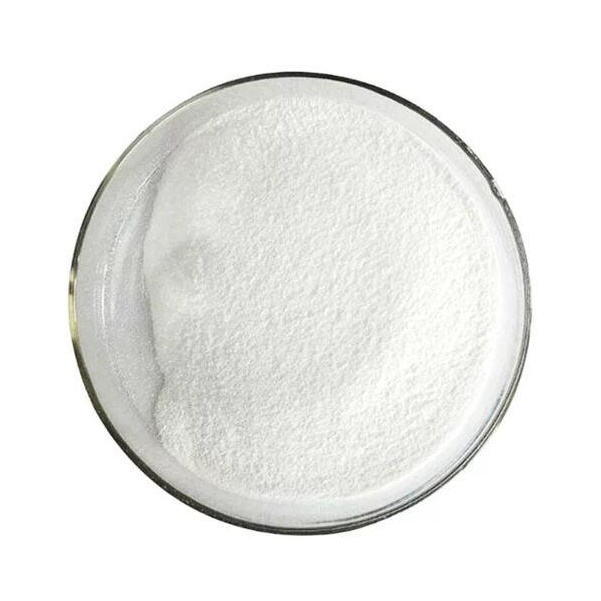
L-Aspartic acid CAS 56-84-8
CAS number:56-84-8
molecular formula:C4H7NO4
molecular weight:133.1
EINECS number:200-291-6
English synonyms
L-Aspartic acidUSP, 98.5-101.5% (Titration: anhydrous basis);(s)-butanedioicaci;alpha-Aminosuccinic acid;Asparagic acid;asparagicacid;Asparaginic acid;asparaginicacid;asparaginsaeure
Related categories
Amino acids and derivatives; L-type amino acids; as electrolyte supplements; acidic amino acids; biochemicals; amino acids and their derivatives; biochemical reagents; amino acids; food additives; ; APIs; Pharmaceutical intermediates; Intermediates; Organic raw materials; Ammonia antidotes; Fatigue recovery agents; Taste agents; Sweeteners; Organic acids; Amino acid pharmaceutical intermediates; Standard products and standard substances; sulfur compounds; food and feed additives; nutritional fortification; medical raw materials; asparticacid; aminoacid; bio-chemical; chemicals; foodadditive; foodadditives; other heterocycles; amino; other biochemical reagents; protected amino acids; ;Chemical reagents; Nutrition enhancers; Biochemical reagents-amino acids; Nutrition enhancers-amino acids; Chemical intermediates; Amino acids and their derivatives; Amino acids; Organic chemical raw materials; Reference substances-Chinese medicine reference substances; Drug impurities and intermediates; Standard products - traditional Chinese medicine standard products; biochemical reagents - amino acids; industrial raw materials for chemical intermediates; reference materials; standard products, reference materials; other raw materials; pharmaceutical, pesticide and dye intermediates; chemical materials; Chemicals; bulk products; nutrition enhancers; general biochemical reagents-amino acids; biological reagents; chemical reagents; clinical testing standard substances; biological buffer series; Food&FeedADDITIVES; Biochemistry; for Resolution of Bases; Optical Resolution; Synthetic Organic Chemistry; Nutritional Supplements; L-AminoAcids;
Introduction
It is used in the synthesis of sweeteners, used in medicine to treat heart disease, as a liver function enhancer, ammonia antidote, fatigue reliever and amino acid infusion components, etc.
| Melting point | >300°C(dec.)(lit.) |
| Boiling point | 245.59°C(roughestimate) |
| Specific optical rotation | 25º(c=8,6NHCl) |
| Density | 1.66 |
| FEMA | 3656|L-ASPARTICACID |
| Refractive index | 1.4540(estimate) |
| Storage conditions | Storebelow+30°C. |
| Solubility | H2O:5mg/mL |
| Shape | powder |
| Acidity coefficient(pKa) | 1.99(at25℃) |
| Color | White |
| Odor | acidtaste |
| pH value | 2.5-3.5(4g/l,H2O,20℃) |
| optical activity | [α]20/D+24.7±1°,c=5%in5MHCl |
| Water solubility | 5g/L(25ºC) |
| Maximum wavelength(λmax) | λ:260nmAmax:0.20 λ:280nmAmax:0.10 |
| Merck | 14,840 |
| JECFA Number | 1429 |
| BRN | 1723530 |
| Stability | Stable.Combustible.Incompatiblewithstrongoxidisingagents. |
| InChIKey | CKLJMWTZIZZHCS-REOHCLBHSA-N |
| CAS database | 56-84-8(CASDataBaseReference) |
It is white crystal or crystalline powder with slightly sour taste. Soluble in boiling water, slightly soluble in water (0.5%) at 25°C, easily soluble in dilute acid and sodium hydroxide solution, insoluble in ethanol, ether, decomposed when heated to 270°C, isoelectric point 2.77, and its specific rotation is the same as Depends on the dissolved solvent. It is right-handed in acid solution, left-handed in alkaline solution, and right-handed in aqueous solution. [α]25D+5.05 (C=0.5-2.0g/ml, H2O).
● As an electrolyte replenishment drug, it is used for amino acid infusion, potassium, calcium and other inorganic ion supplements, fatigue recovery agents, etc. Potassium Magnesium Aspartate Injection or Oral Solution, used for arrhythmia and premature beats, tachycardia, hypokalemia, hypomagnesemia, heart failure, myocardial infarction, angina pectoris, hepatitis, cirrhosis, etc. caused by cardiac glycoside poisoning disease. It is of low toxicity. This product cannot be injected without dilution. It should be used with caution in patients with renal insufficiency and atrioventricular block.
● It can be used as ammonia detoxifier, liver function promoter, fatigue recovery agent and other pharmaceuticals. It can be used to make L-sodium aspartate food additives and additives for various refreshing drinks. It can also be used as biochemical reagents, culture media and organic synthesis intermediates.
● Used in the synthesis of sweeteners, used in medicine to treat heart disease, used as a liver function enhancer, ammonia antidote, fatigue reliever and amino acid infusion components, etc.
● Nutritional supplements, flavoring and flavoring agents. Add to various refreshing drinks. In medicine, it is used as an ammonia antidote, a liver function promoter, and a fatigue recovery agent.
● Used in biochemical research, as a fatigue recovery agent, ammonia antidote, and clinical diagnostic drug.
● Primary neurotransmitter that enables rapid synaptic excitation
● Using DL-aspartic acid as raw material, carry out acylation reaction with chloroacetamide under the condition of pH>7, then after acidification, acetone extraction and activated carbon treatment, use kidney acylase under the condition of pH=7-7.2 II resolution, acidification with HCl, treatment with activated carbon to obtain the crude product, and then purification and drying to obtain the finished product.
● Various proteins rich in L-aspartic acid are hydrolyzed with acid and neutralized with calcium hydroxide to obtain the calcium salt of L-glutamic acid and L-aspartic acid, and then separated. It is obtained by adding ammonia to fumaric acid with high yield. It is obtained by fermentation of sugar by E. coli.
● The preparation methods of L-aspartic acid include synthetic method and fermentation method. 1. The synthesis method is mainly based on maleic acid or fumaric acid or their esters, treated with ammonia under pressure, and then hydrolyzed. It is relatively easy to synthesize racemic aspartic acid, but so far there is no ideal method for splitting the racemate. 2. Fermentation method Add fumaric acid and ammonia under the action of enzymes to obtain products with high yield. This method only generates L-isomer with high yield, so it is the main method for industrial production.
Team Presentation

